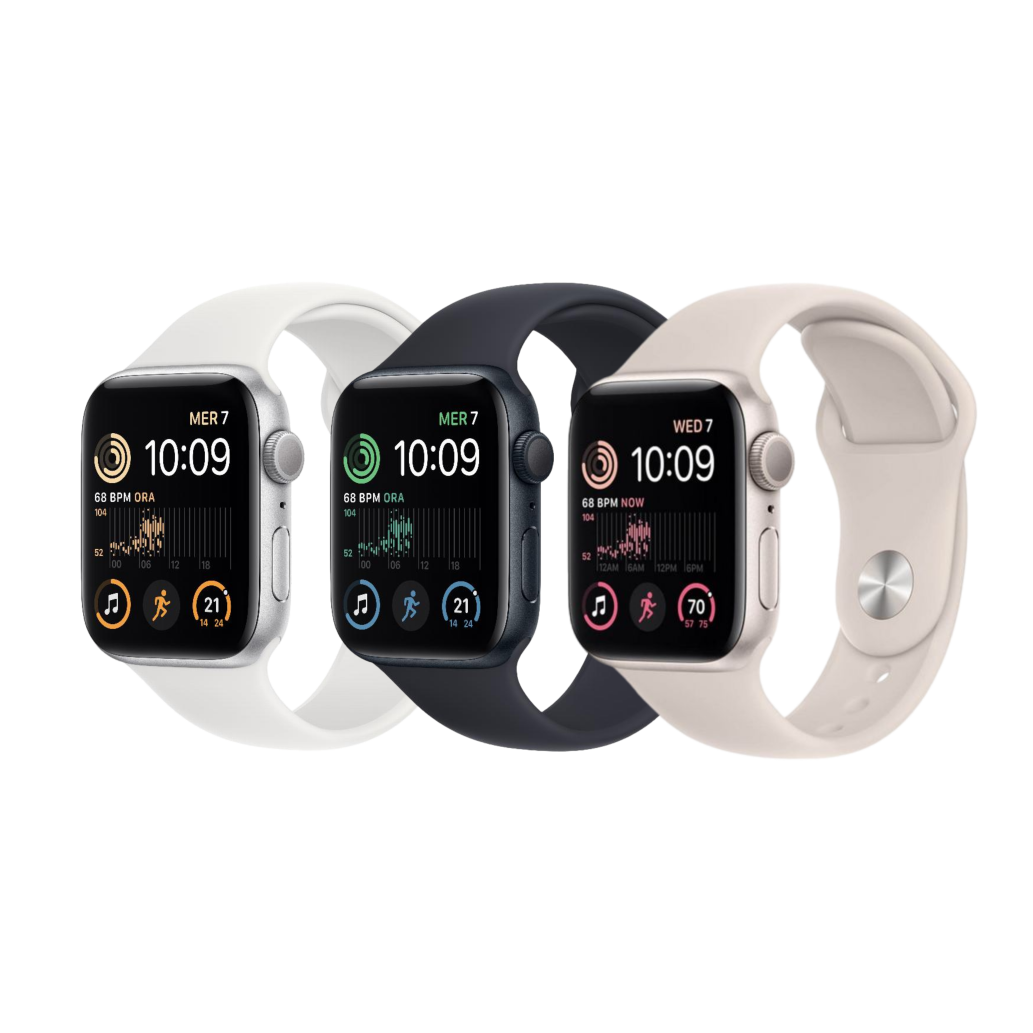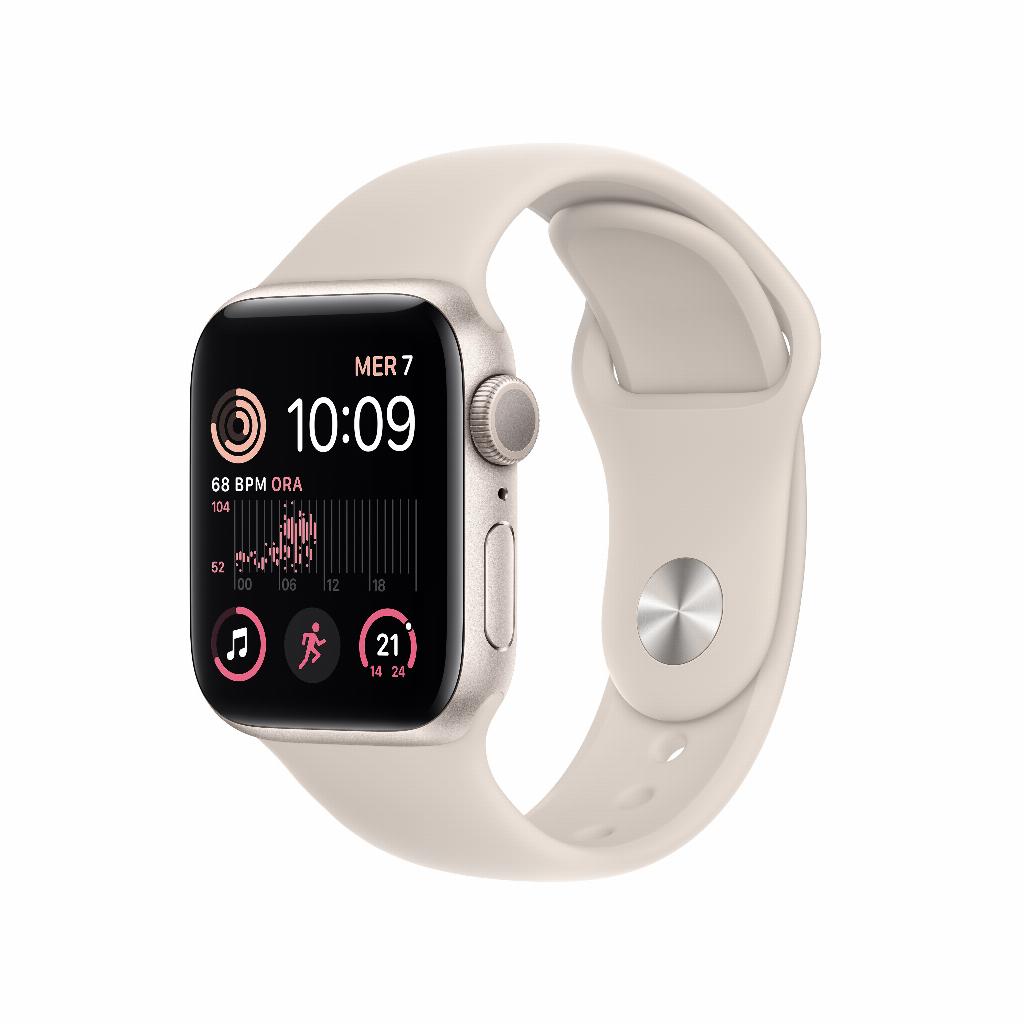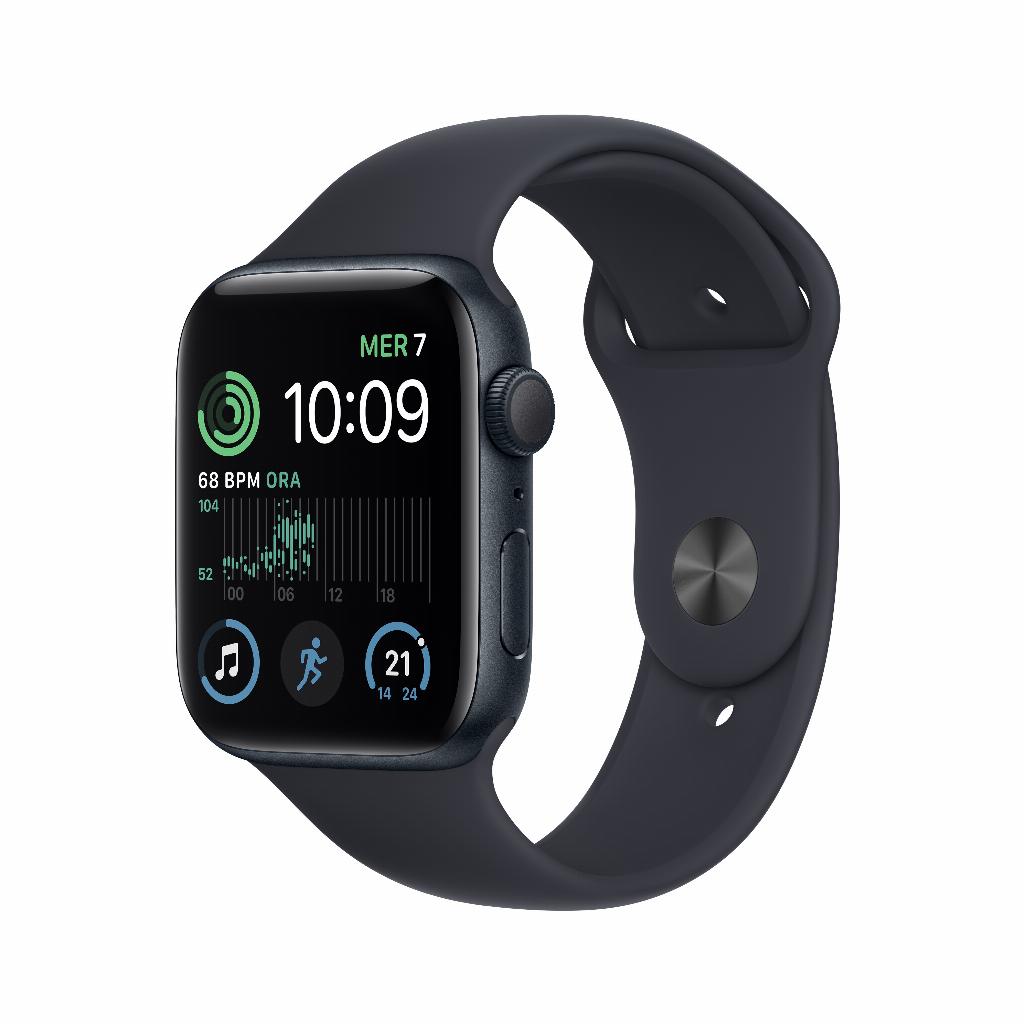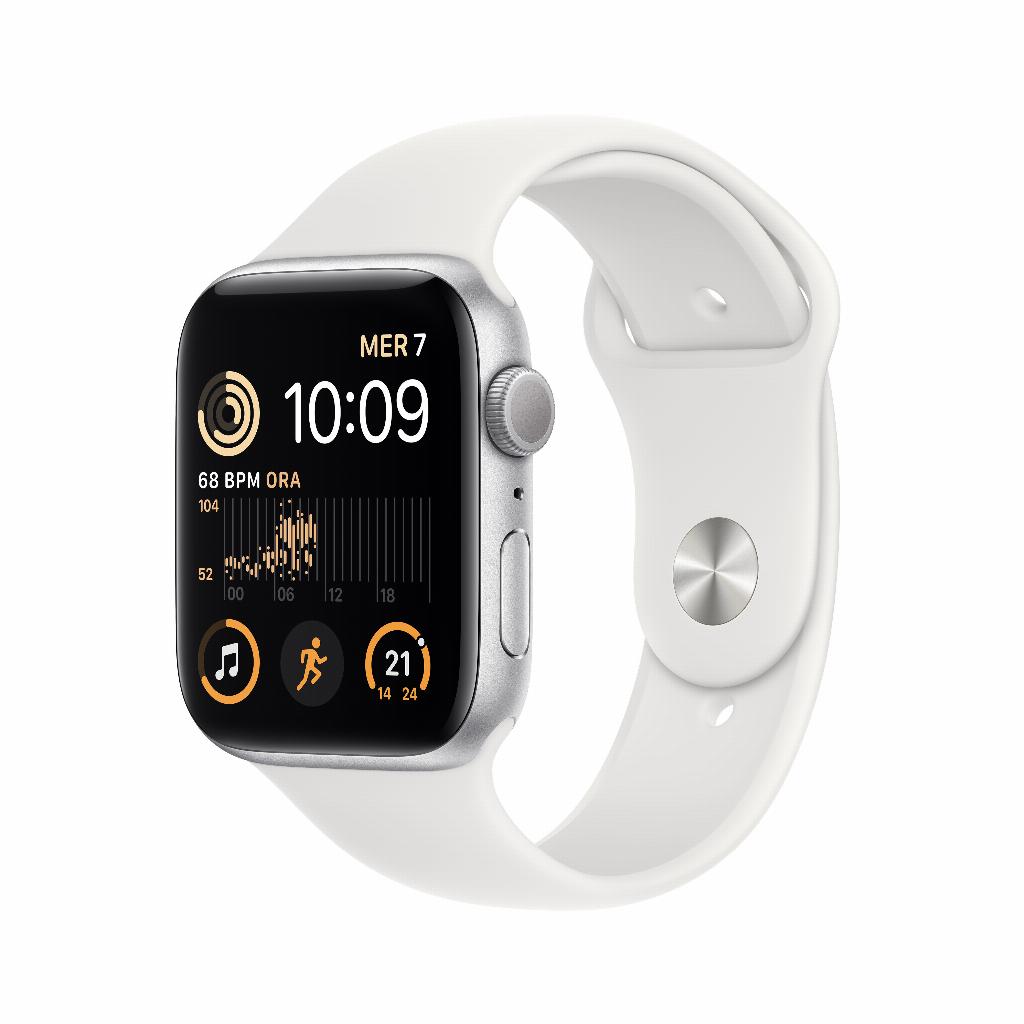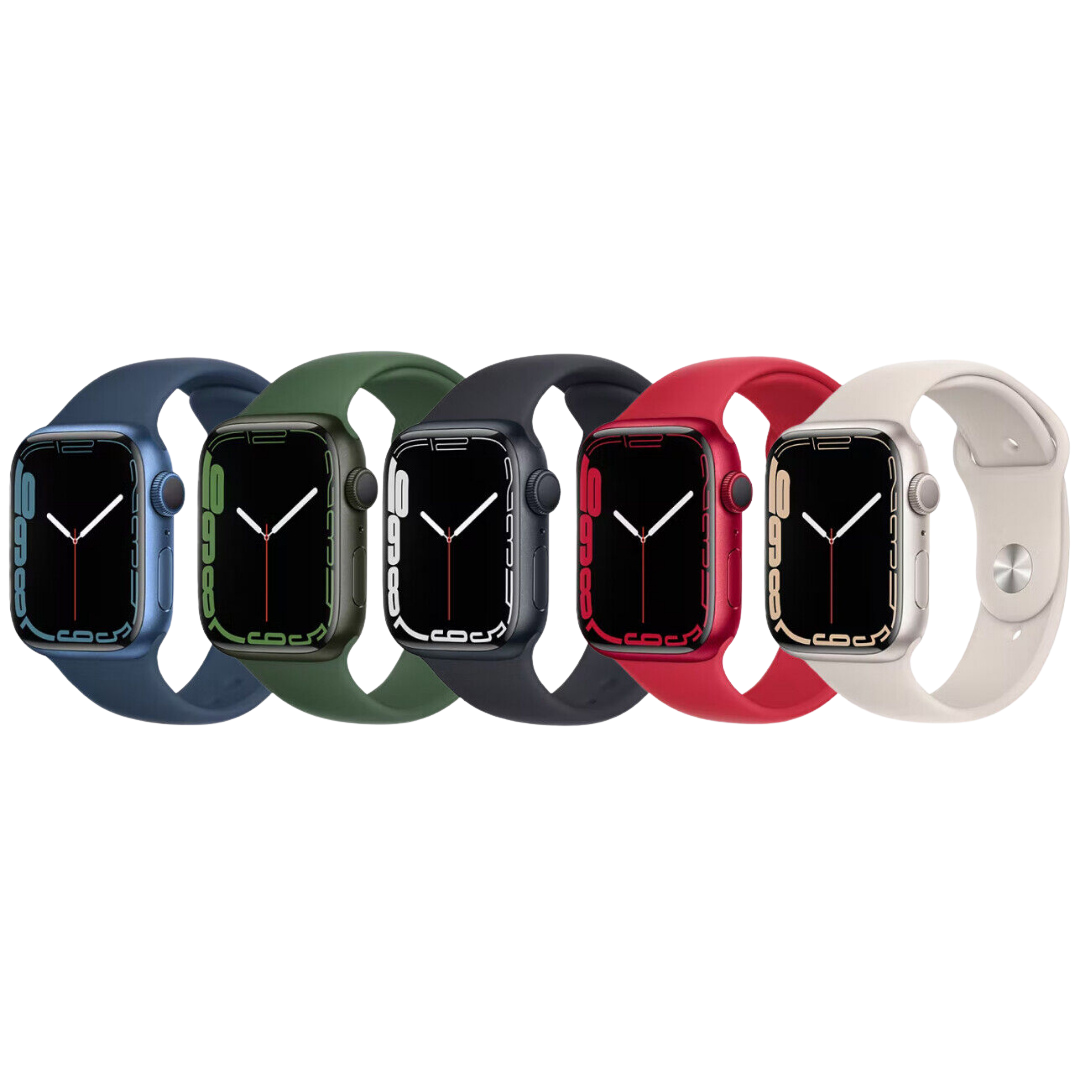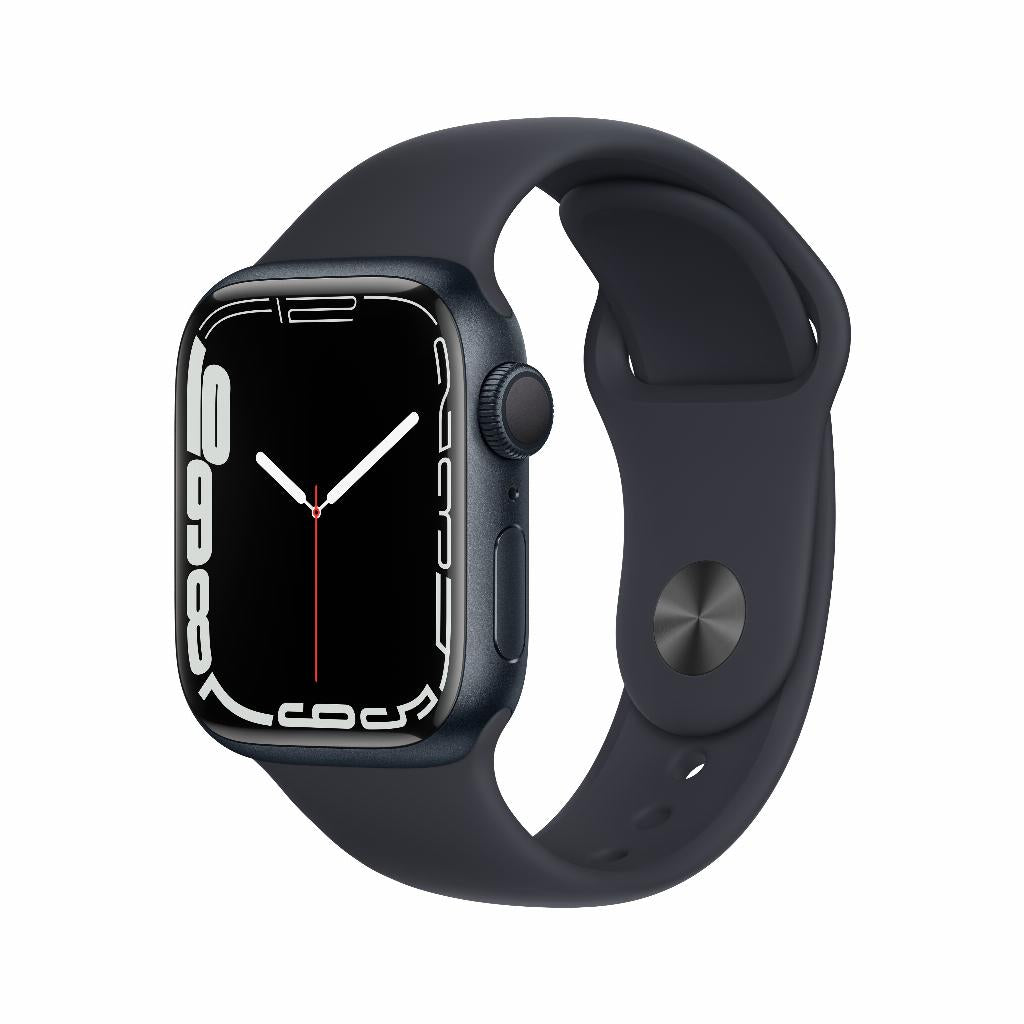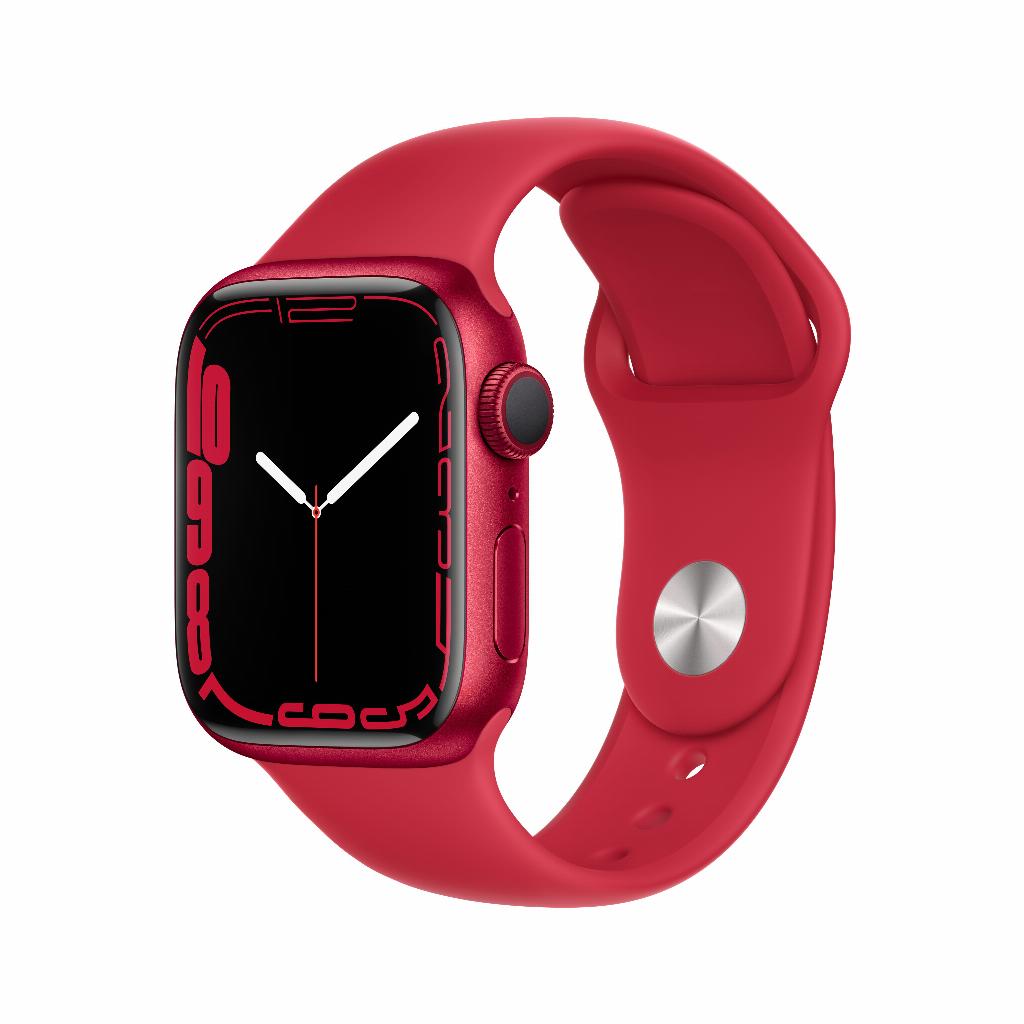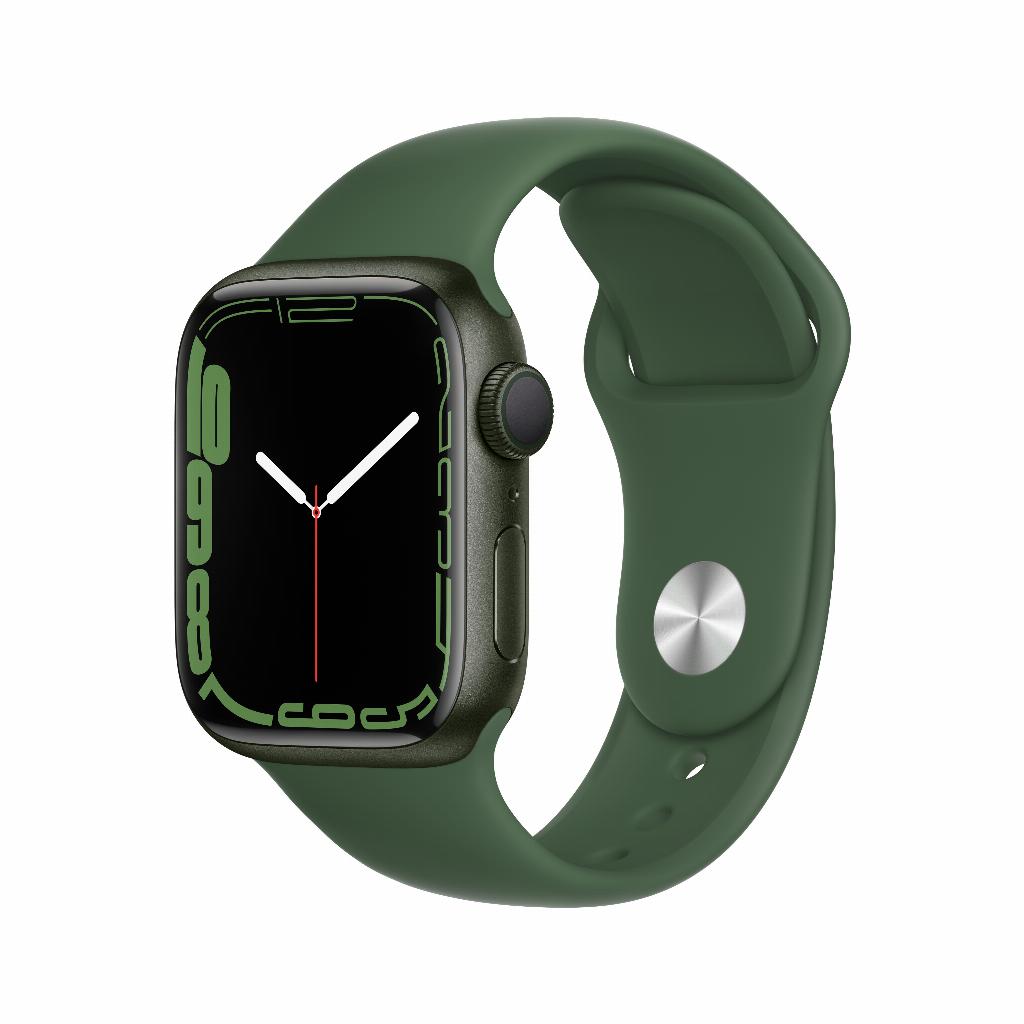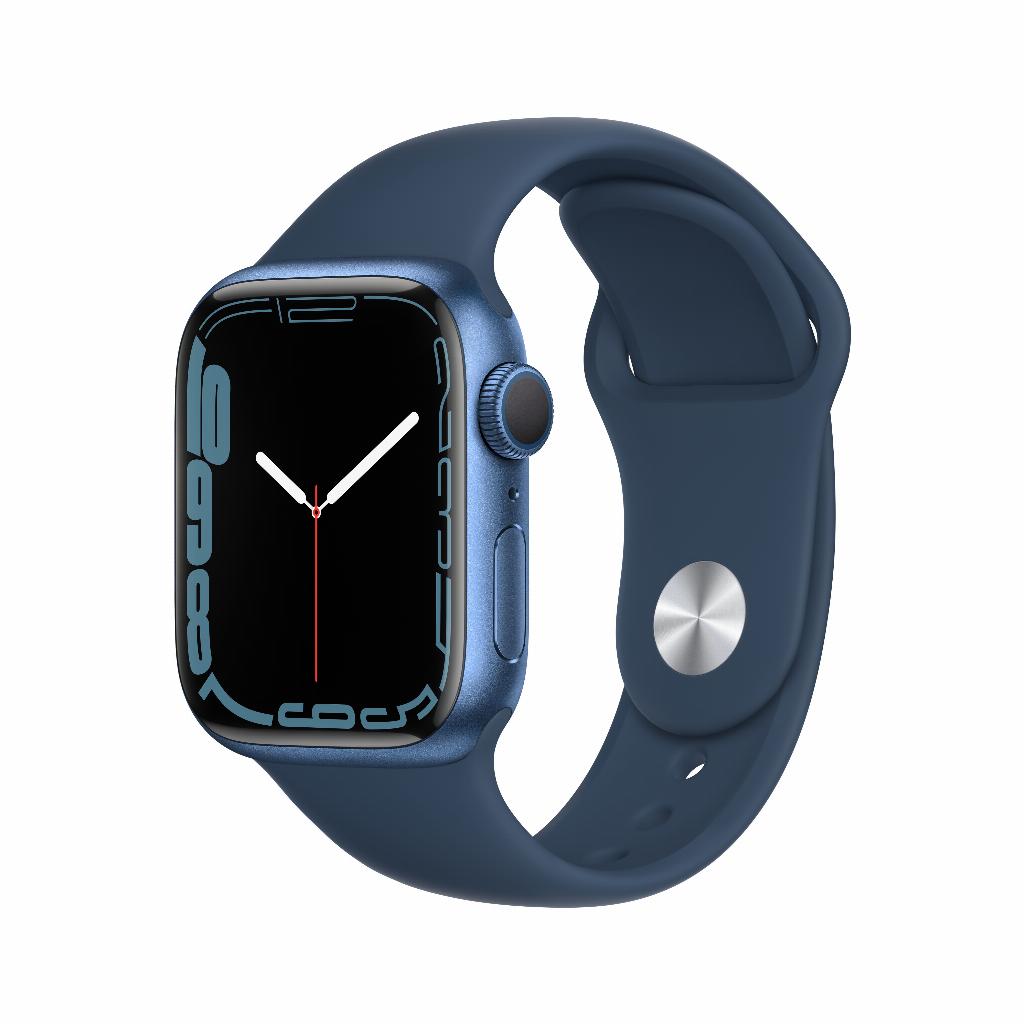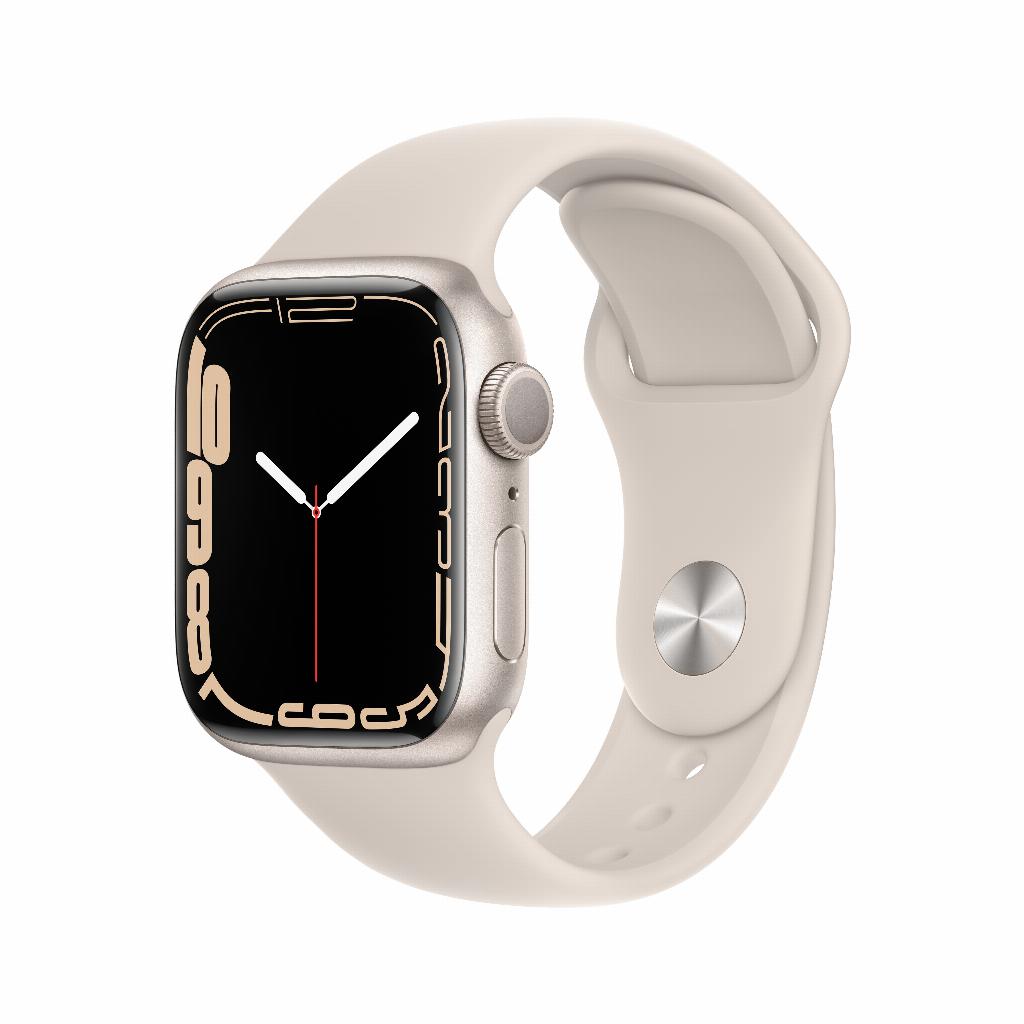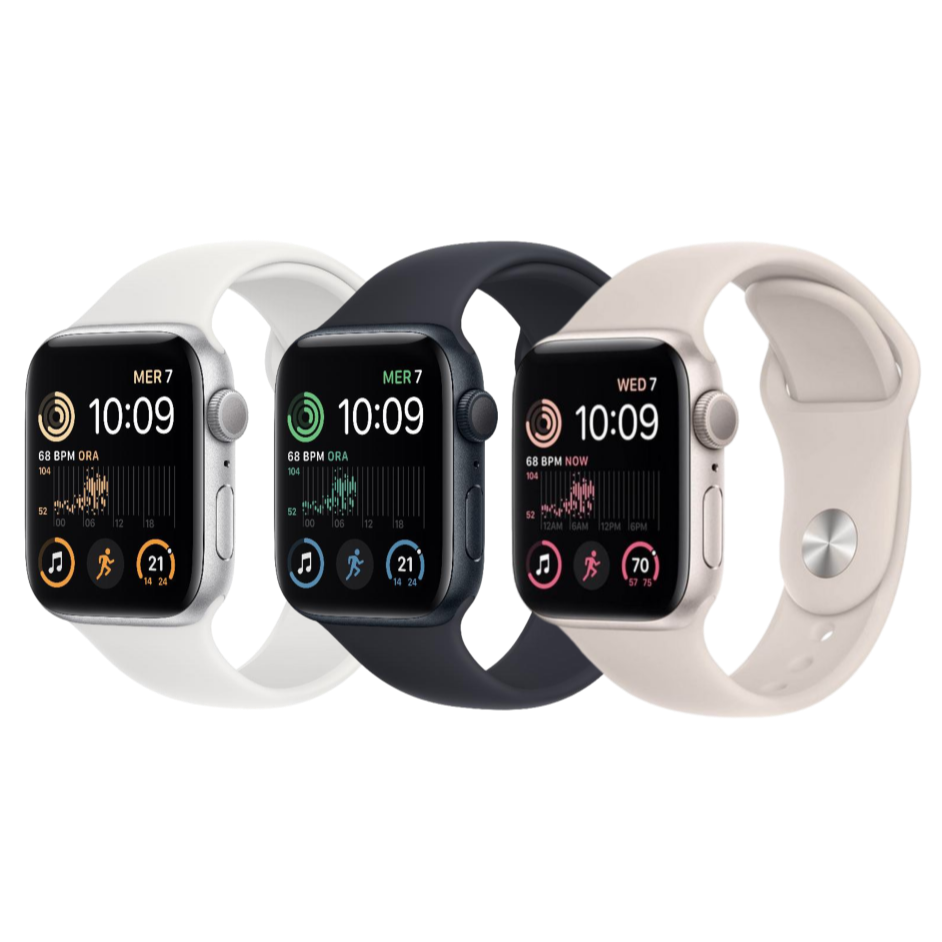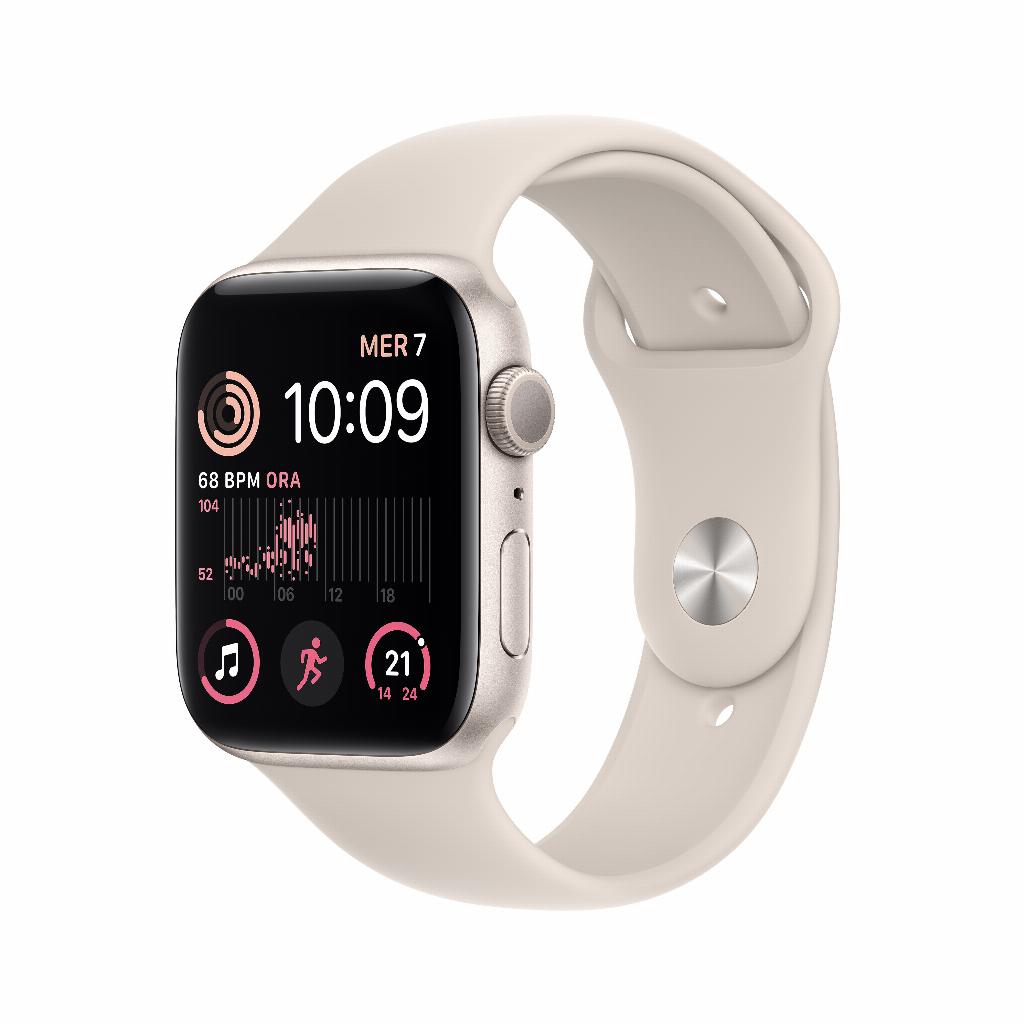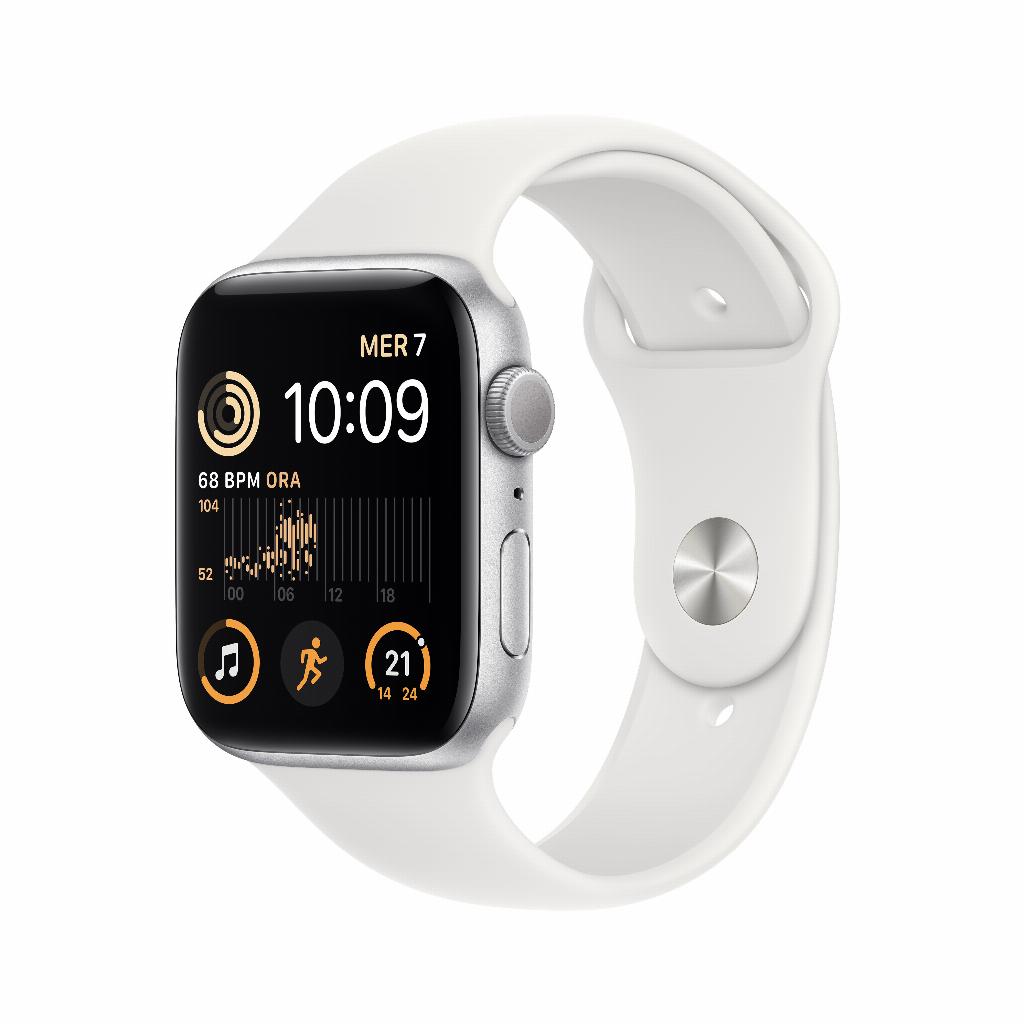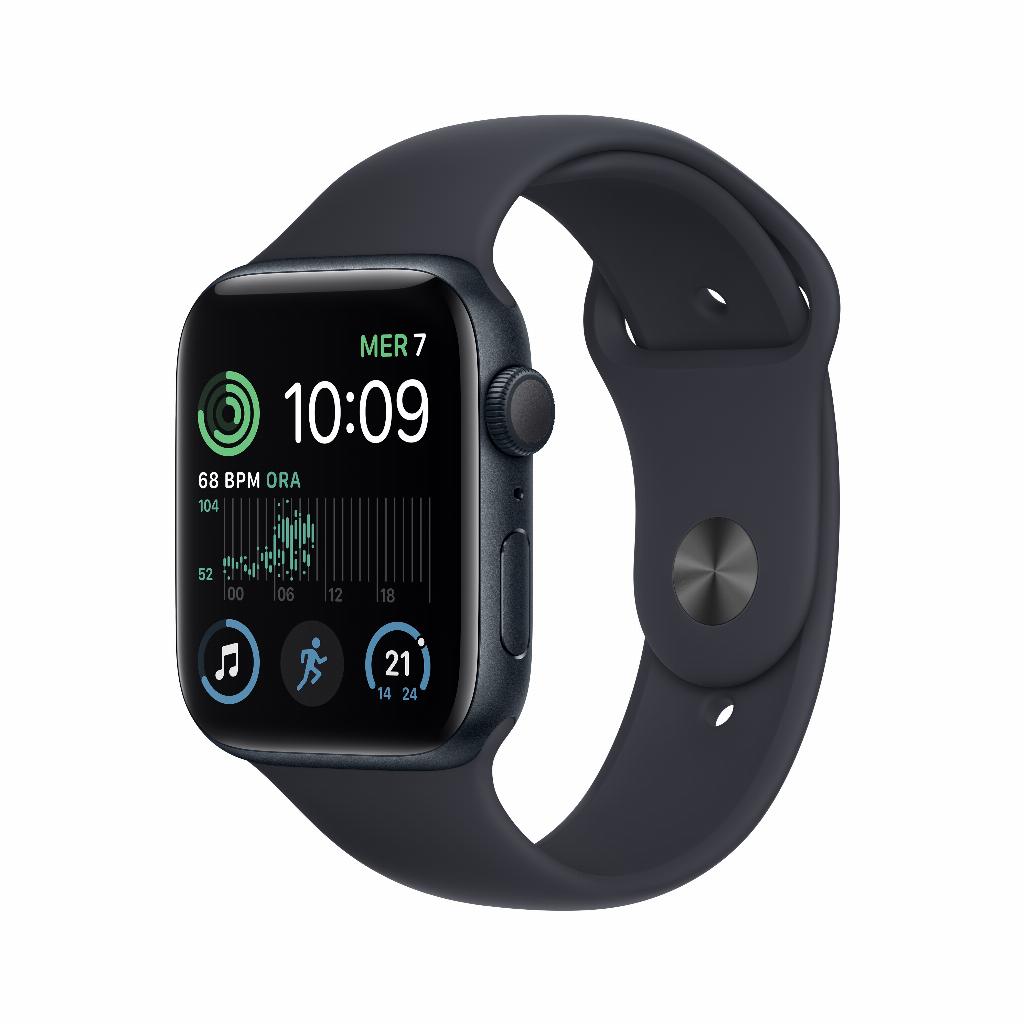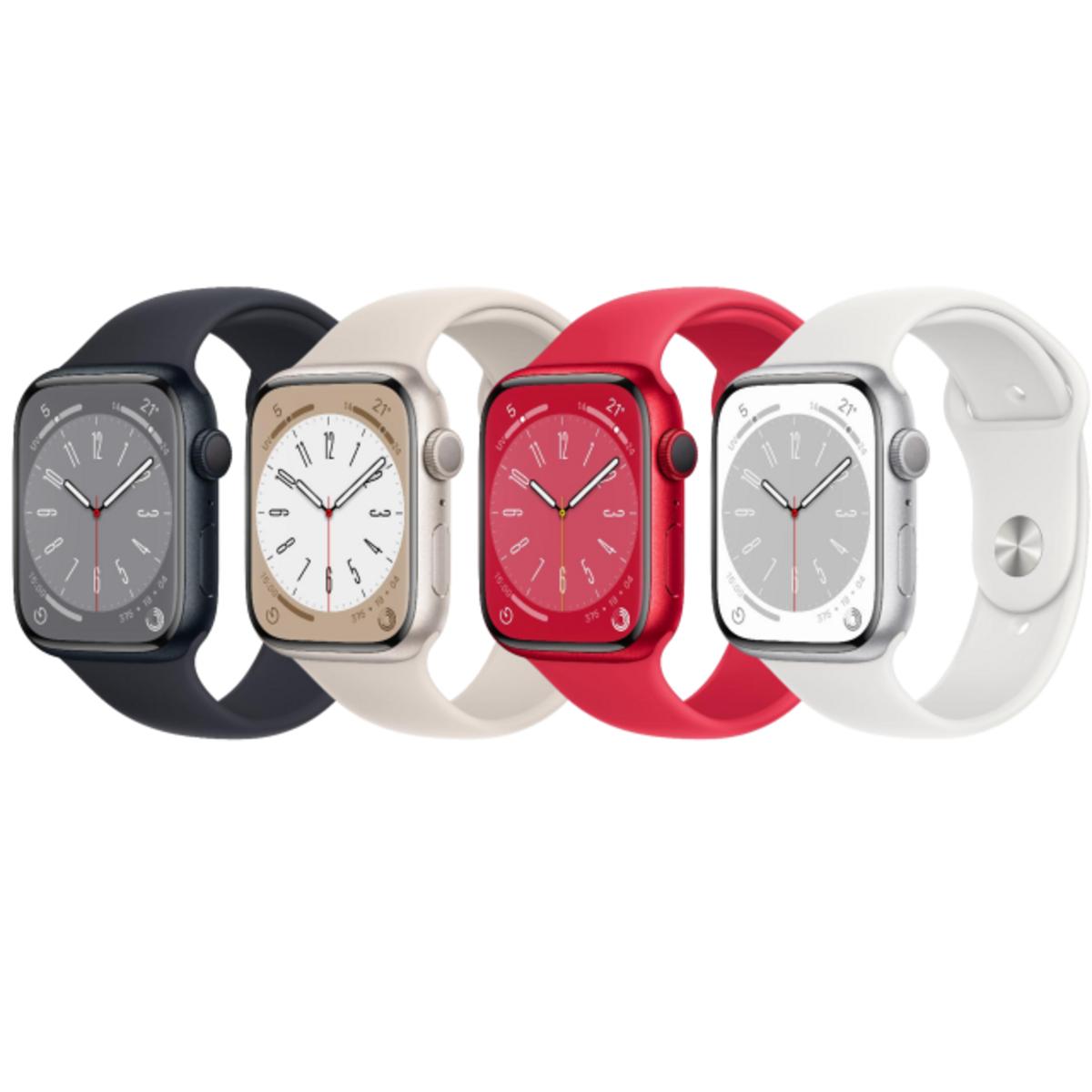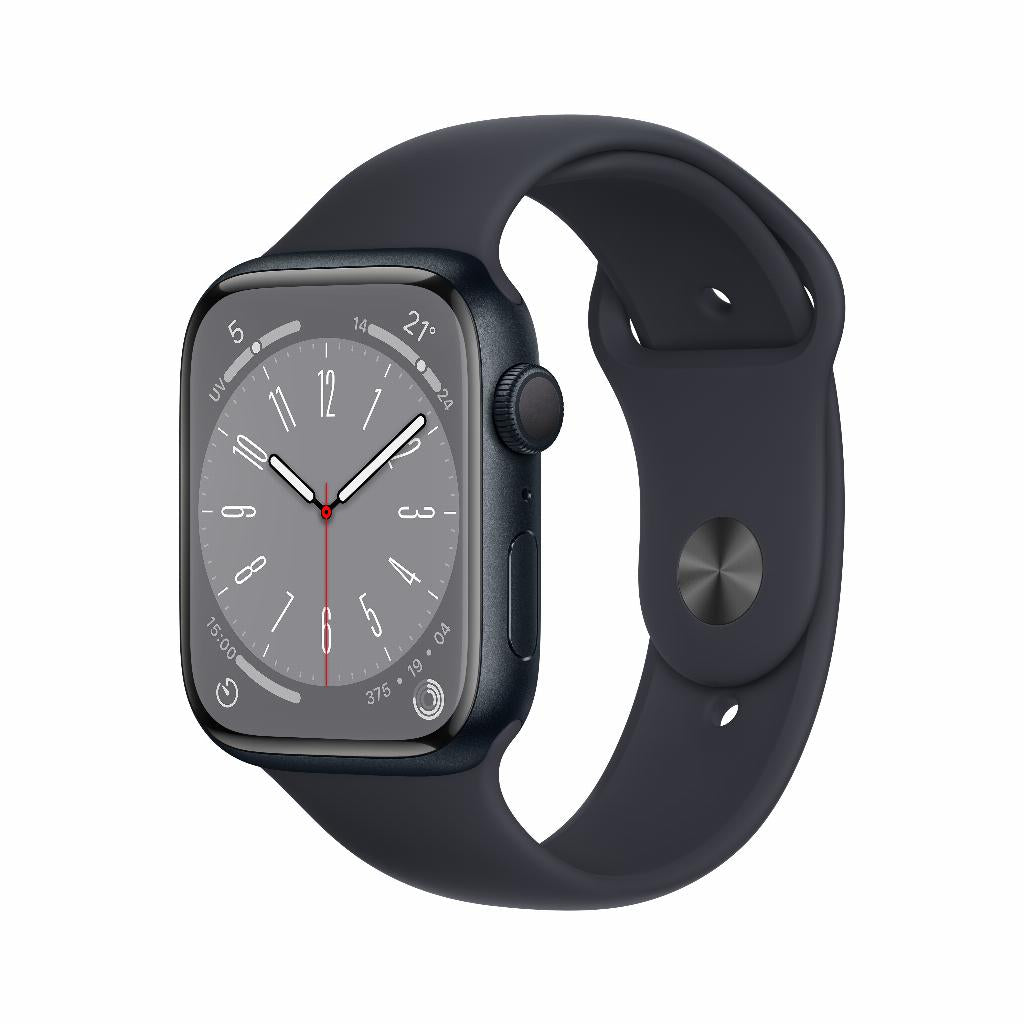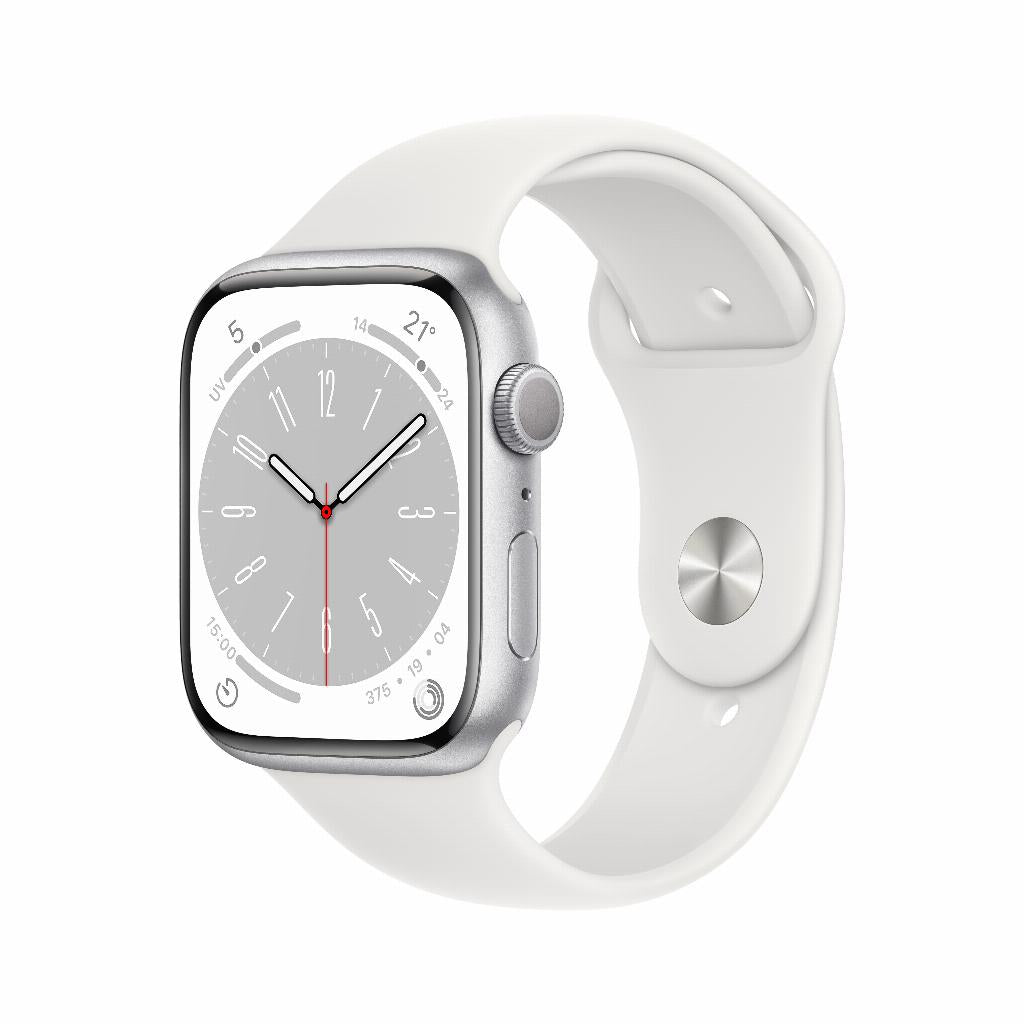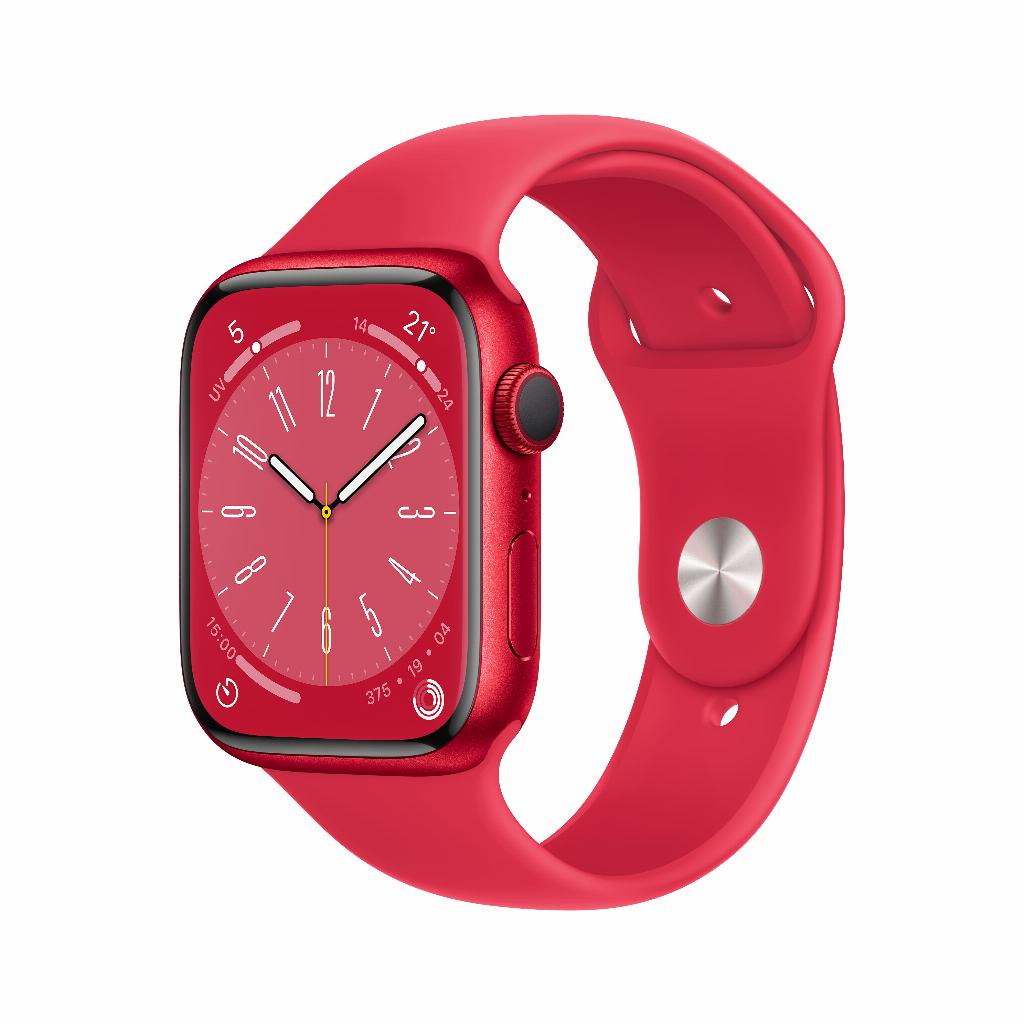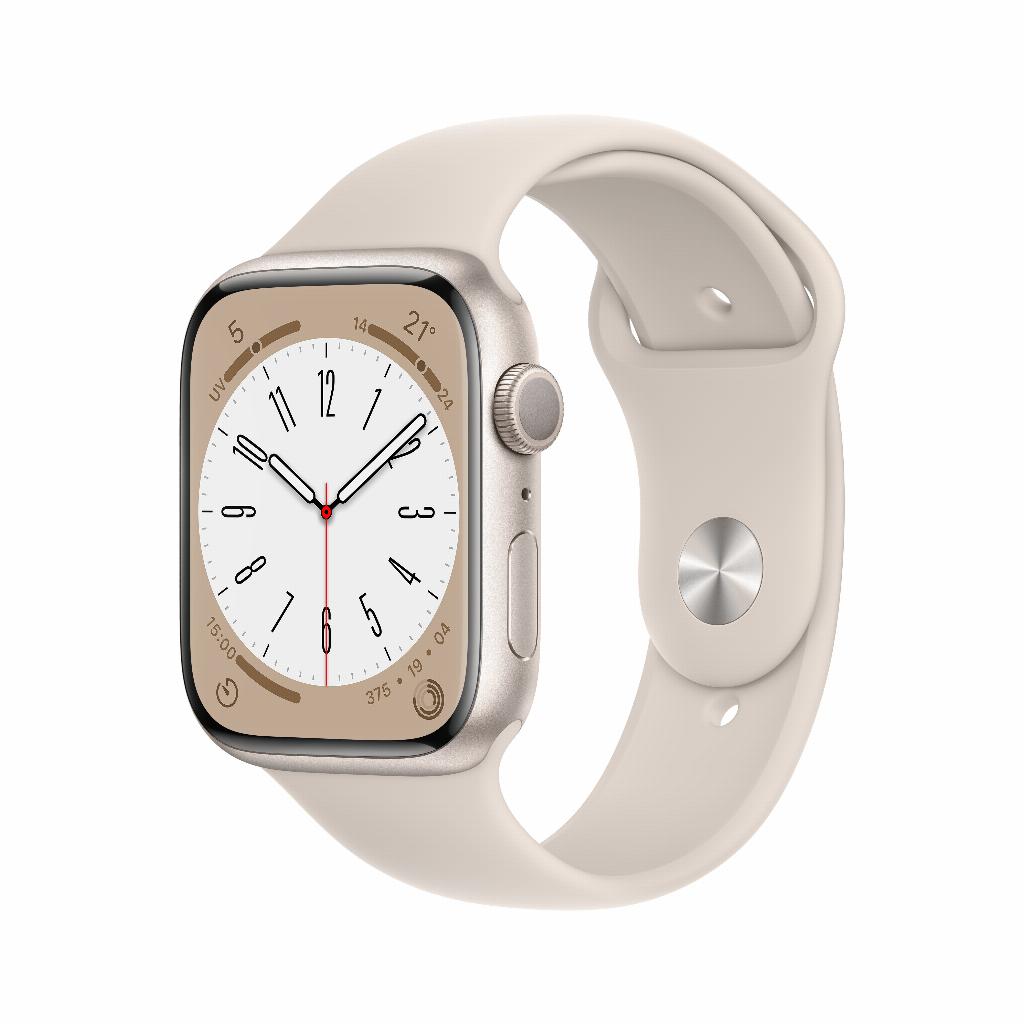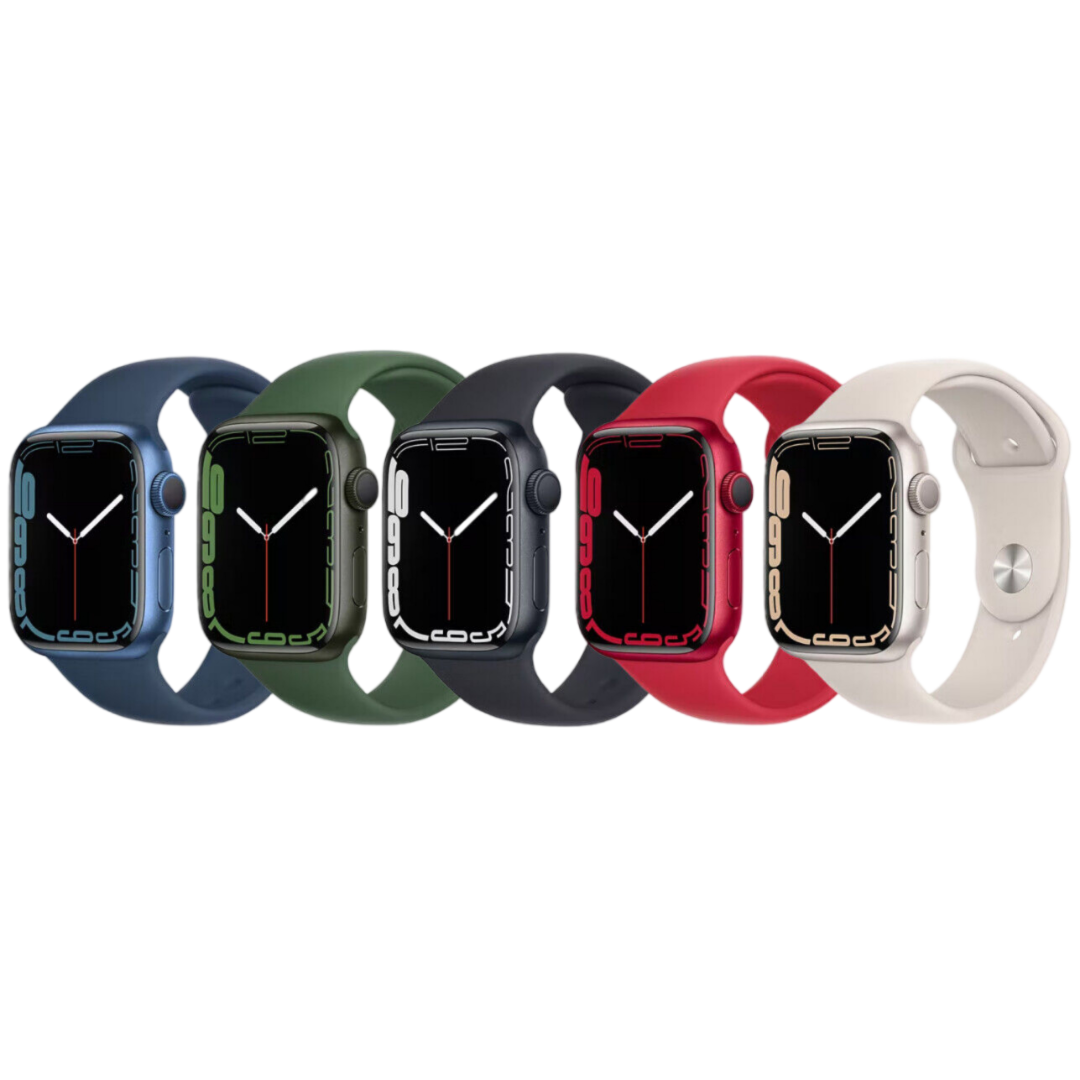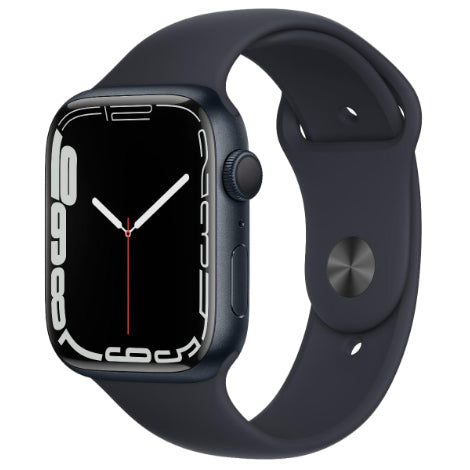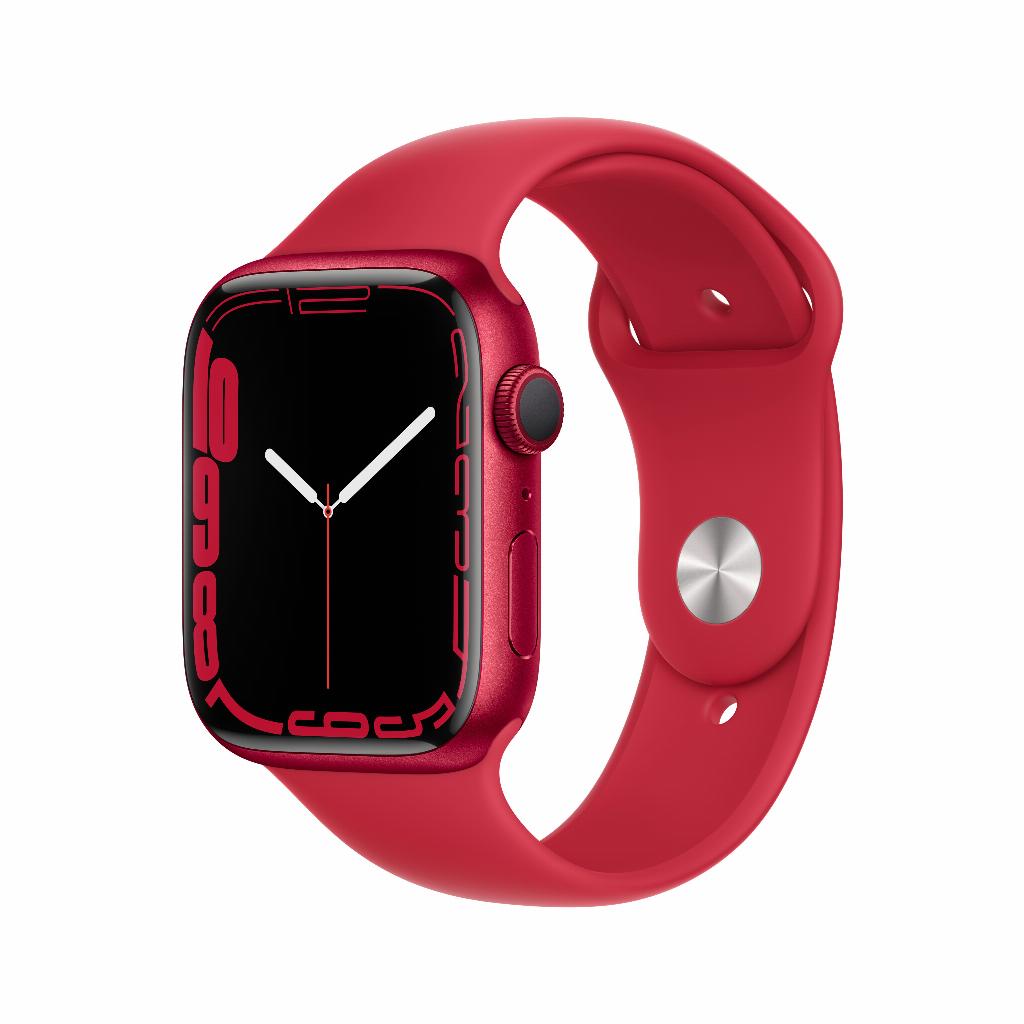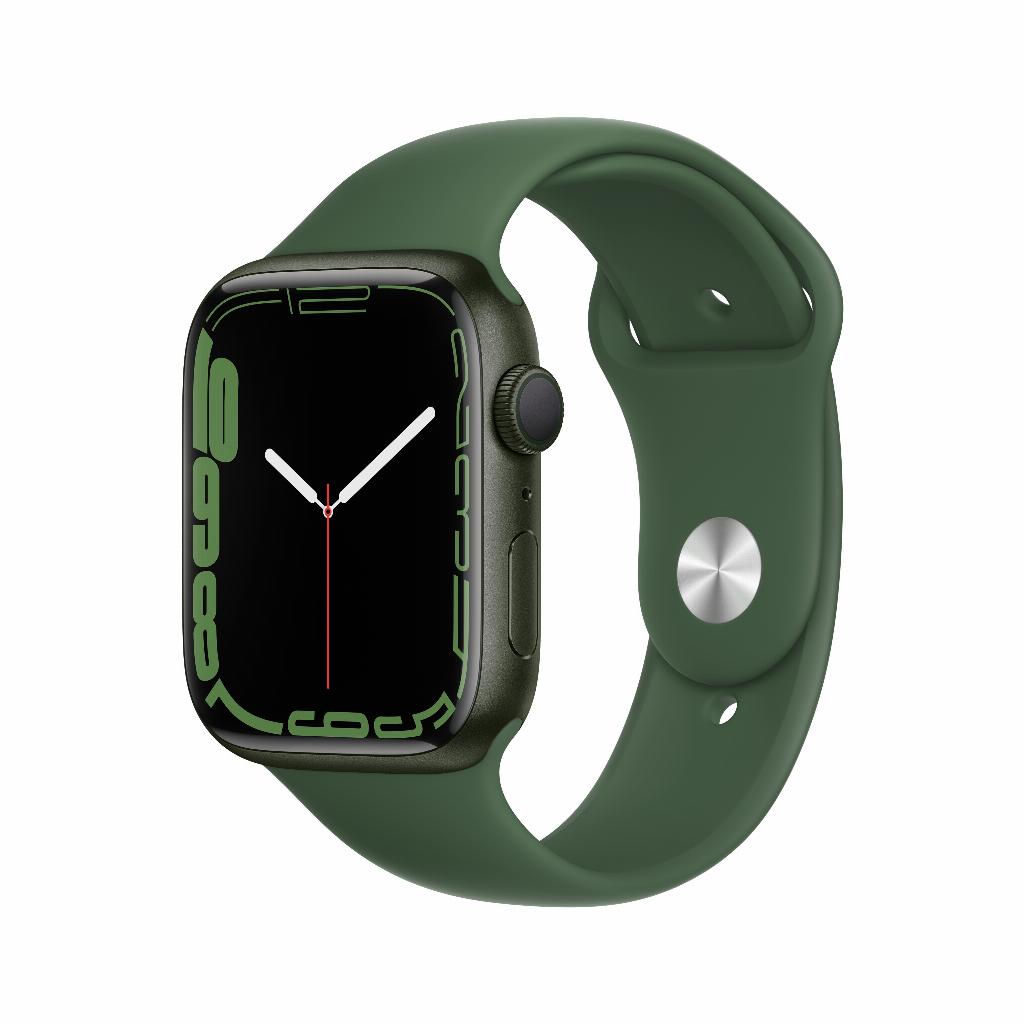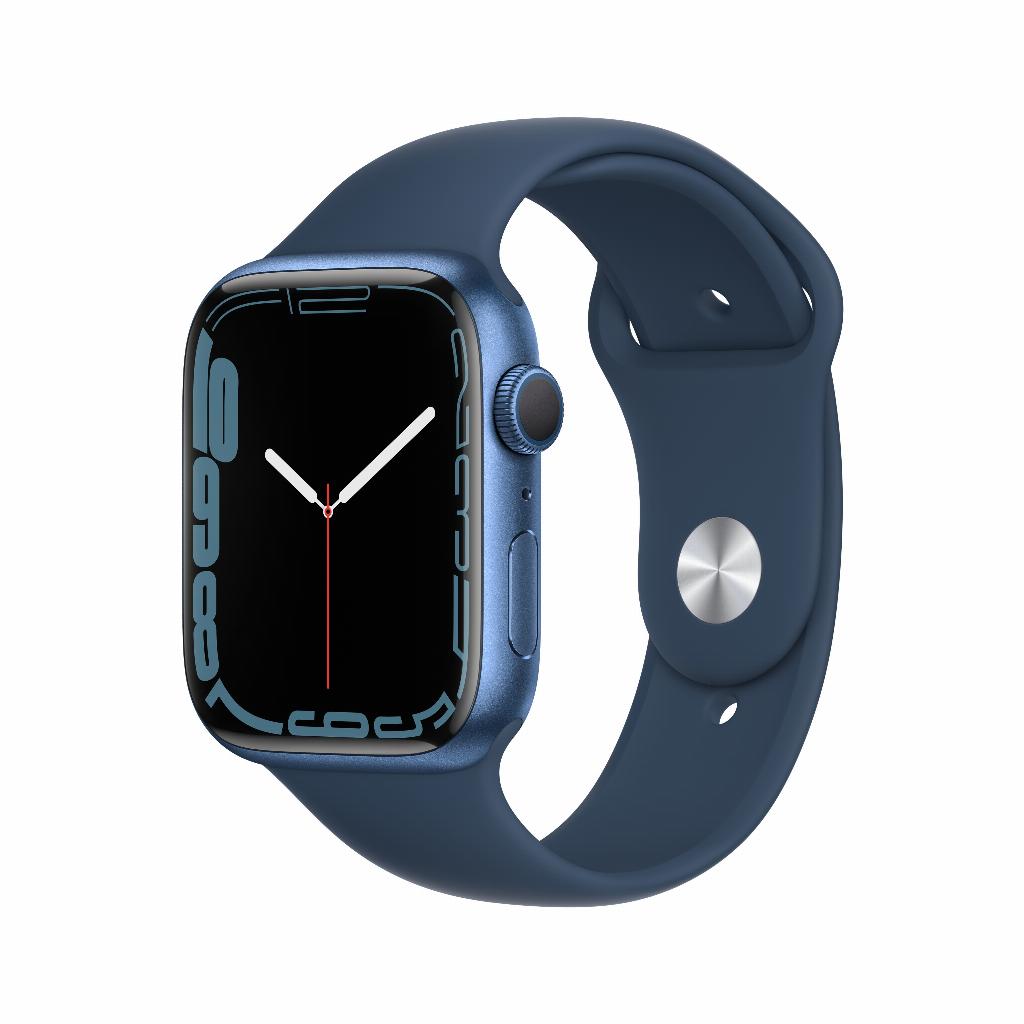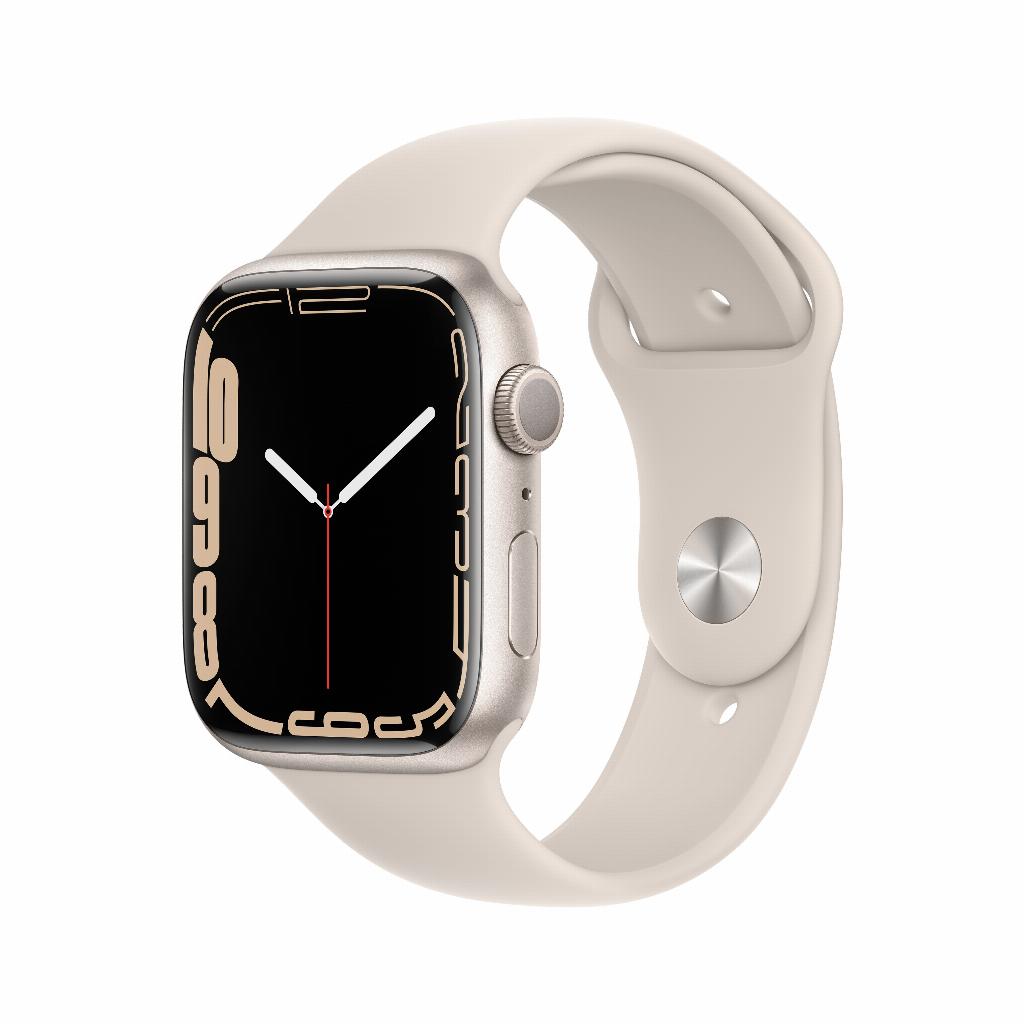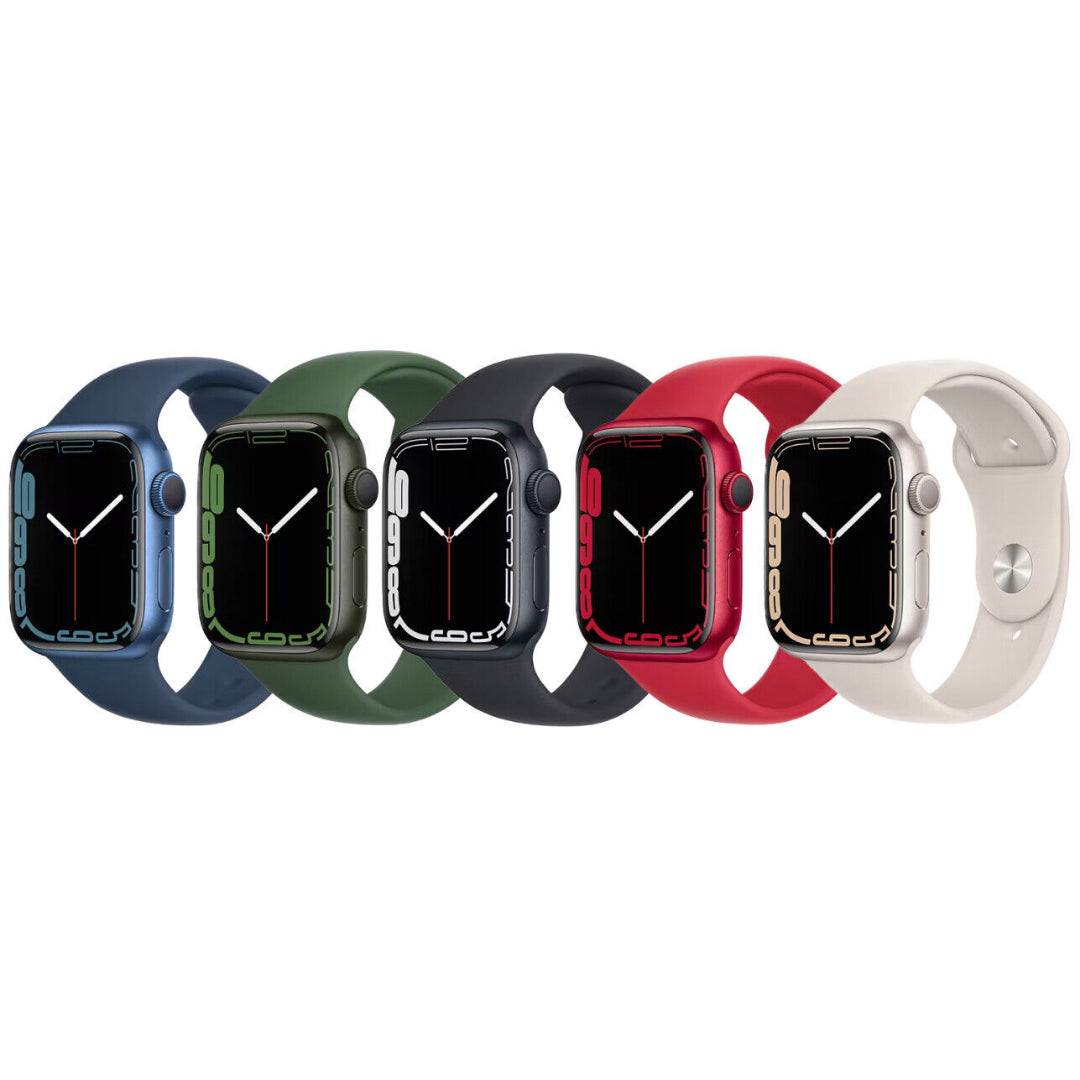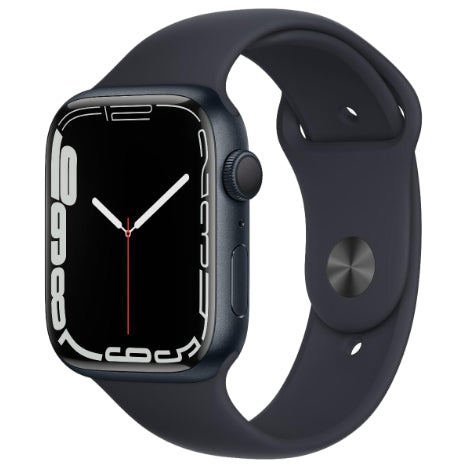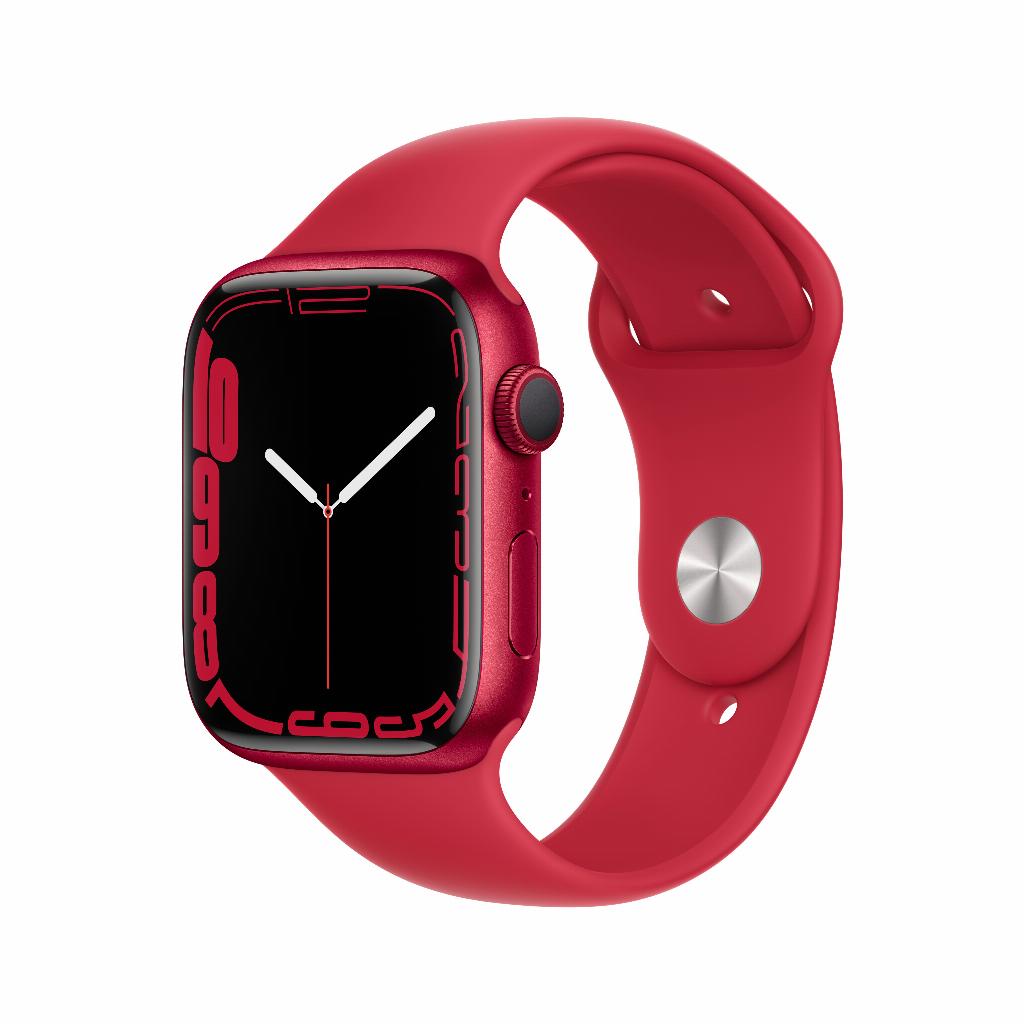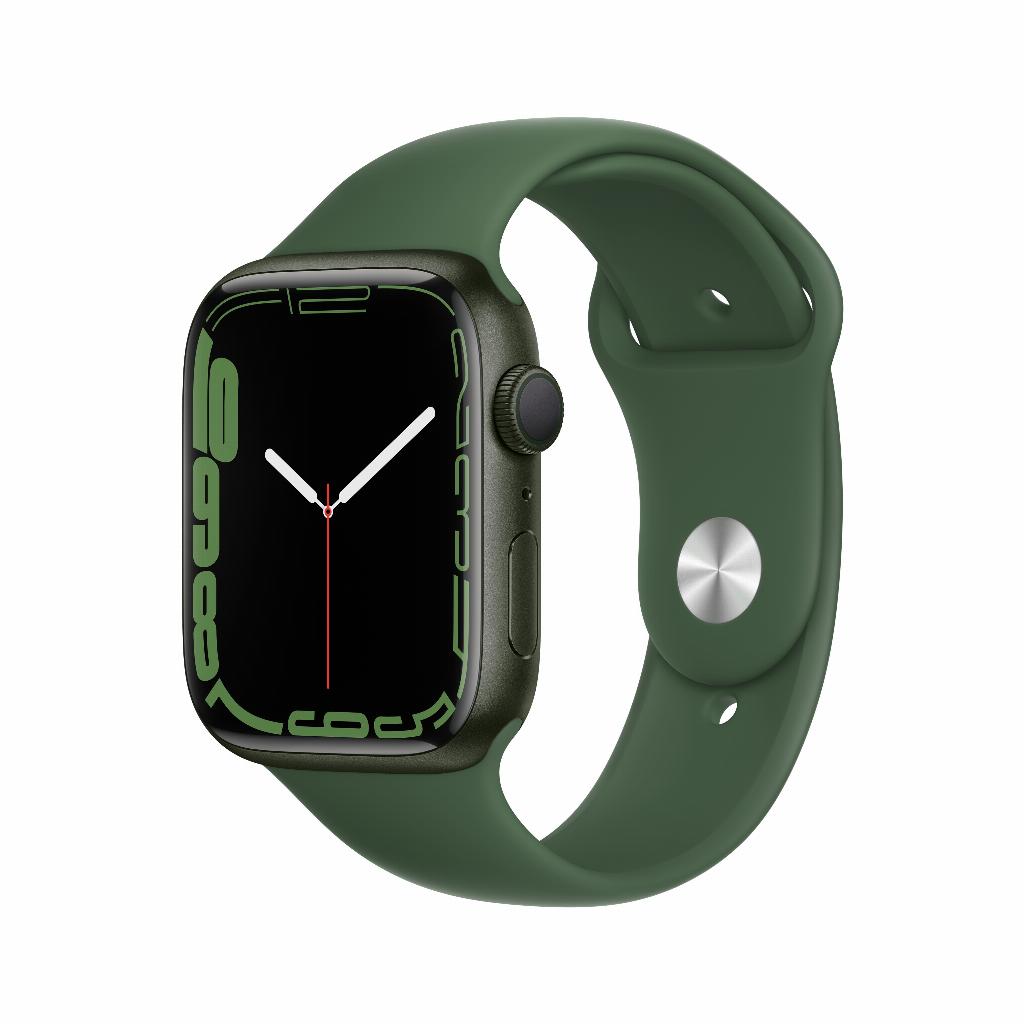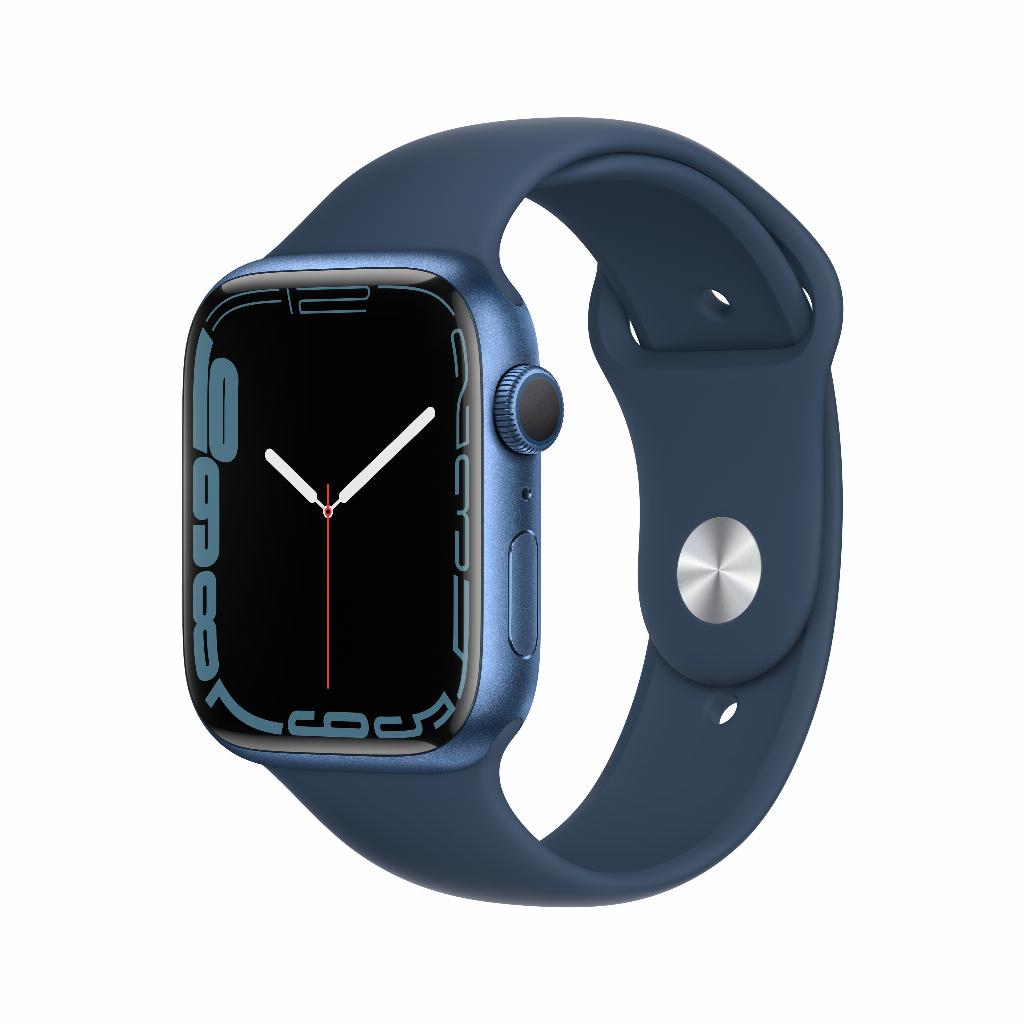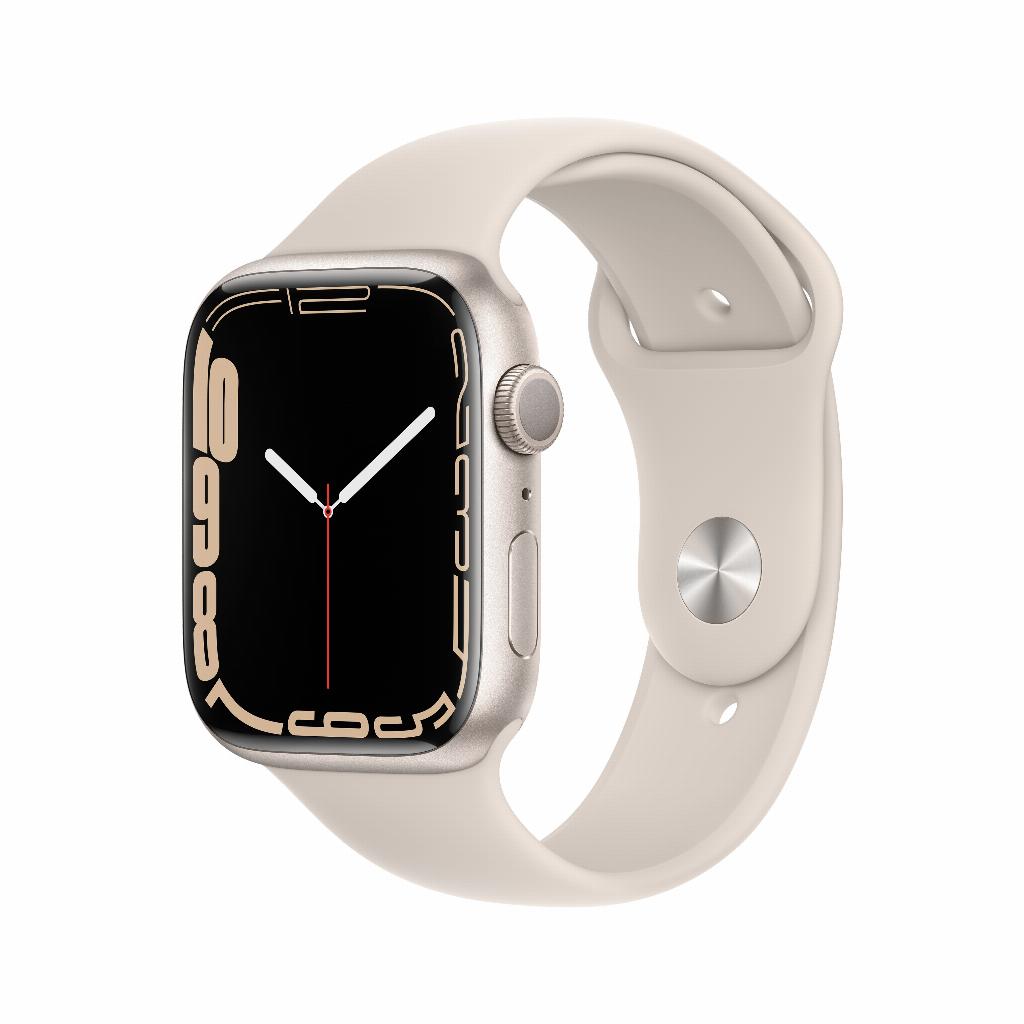Apple Watch brightness: more nits isn't always better
You're in the store. Apple Watch on your wrist. The screen looks perfect indoors. Bright, sharp, impressive. You walk outside, the sun is shining brightly—and suddenly you can barely see anything on the display. Sound familiar? Then you're dealing with the nits problem . But here's where it gets interesting: the latest Apple Watch Series 9 has 2000 nits of brightness. That's twice as bright as previous models. Yet, most people blindly buy the most expensive model, while a refurbished Series 8 with 1000 nits is more than sufficient for everyday use . In fact, with the right accessories like an anti-reflective film, you can often perform better than with just more nits. And if you're really smart, you can combine an older Watch with Apple Intelligence features via your iPhone . This way, you can save hundreds of euros without sacrificing usability.
Useful links
What exactly does nits mean for your screen brightness?
A nit is simply a unit of measurement for light intensity. One nit equals one candela per square meter. For your smartwatch, this means the more nits, the brighter the display can shine. But here's where it gets interesting: more isn't always better.
The original Apple Watch launched at 450 nits. At the time, that seemed sufficient, until users complained en masse about the screen becoming unreadable in sunlight. Apple listened and gradually increased the brightness. The Series 5 introduced a breakthrough 1000 nits for the always-on mode. Now the Series 9 is at a whopping 2000 nits.
In practice: when do you notice the difference?
In a dark movie theater, 50 nits is almost blinding. In your living room, 200 nits is perfectly sufficient. But as soon as you step outside, the picture changes completely. Direct sunlight can produce up to 100,000 lux. In that case, you need at least 800 nits for basic readability.
Here are typical scenarios:
- Indoor use: 200-400 nits is more than sufficient
- Cloudy day outside: 600-800 nits works fine
- Bright sunlight: 1000+ nits becomes necessary
- Beach or snow: 1500-2000 nits ideal due to extra reflection
Apple Watch models and their nit values
Let's compare the different generations:
Older models (Series 3 and earlier)
These watches have a maximum brightness of 450-1000 nits. Perfect for everyday indoor use. Outdoors in direct sunlight, you'll need to shield the screen with your hand. A refurbished model often costs less than €200.
Middle class (Series 4 to 6)
With 1000 nits of peak brightness, these models are a huge step forward. The always-on display of the Series 5 and 6 works acceptably even in moderate sunlight. These are often the sweet spot for price-performance in the refurbished market.
Latest generations (Series 7 to 9)
The Series 7 and 8 remain at 1000 nits, but have larger screens, resulting in higher total light output. The Series 9 jumps to 2000 nits—especially noticeable during intense outdoor activities.
Is more always better? The downside of extreme clarity
A super bright screen has disadvantages that manufacturers prefer not to emphasize:
Battery consumption: A 2000-nit screen is a power-hungry device. Apple addresses this with automatic brightness control, but with manual settings, you'll notice the difference. A Series 8 at 70% brightness lasts longer than a Series 9 at maximum.
Eye strain: Too much brightness in dark environments causes headaches and sleep problems. Many users actually set their new watch dimmer than their old model.
Heat generation: High brightness generates heat. During intensive use, the watch may become uncomfortably warm against your wrist.
Smart alternatives for better visibility
Before you buy a more expensive model just for extra nits, consider these options:
Anti-reflective film
A matte screen protector drastically reduces glare. This can make the difference between 1000 and 2000 nits of usability. Cost: approximately 15 euros.
Dial optimization
Choose high-contrast watch faces. White text on a black background is more readable than colorful designs. The standard "Modular" watch face performs exceptionally well in sunlight.
Adjust carrying position
Wear the watch on the inside of your wrist while cycling or running. This reduces direct sunlight on the screen.
Which model suits your use?
For athletes who train extensively outdoors, 1000+ nits are recommended. But for office workers who spend most of their time indoors, a refurbished Series 6 with 1000 nits is more than sufficient. You'll save hundreds of euros without any practical drawbacks.
Specific recommendations per user profile:
Casual user: A refurbished Series SE or Series 6 will do just fine. The 1000 nits are sufficient for 95% of situations.
Outdoor athlete: Consider a Series 8 or 9. The extra brightness (and the 2000 nits on the 9) really makes a difference during long workouts in the sun.
Budget-conscious: A refurbished Series 5 offers the best balance. Always-on display, 1000 nits, and often under €300.
Future perspective
The race for higher nits seems to be stabilizing around 2000-2500 nits for wearables. Higher values are technically possible but practically unnecessary. The focus is shifting to more energy-efficient display technologies like microLED, which achieve the same brightness while consuming less power.
For buyers, this means the current generation with 1000-2000 nits will remain relevant for years to come. A refurbished model from today isn't a compromise, but a smart choice.
Choose consciously what you really need
The hunt for more nits is mainly marketing. For most users, a refurbished Apple Watch with 1000 nits is perfectly sufficient – especially when combined with a €15 anti-reflective film. Only avid outdoor enthusiasts will truly benefit from 2000 nits. Everyone else pays hundreds of euros extra for brightness they rarely use. So choose wisely: a Series 6 or 8 from the refurbished collection offers exactly what you need for everyday use, without paying top dollar for specs that seem impressive only on paper.


